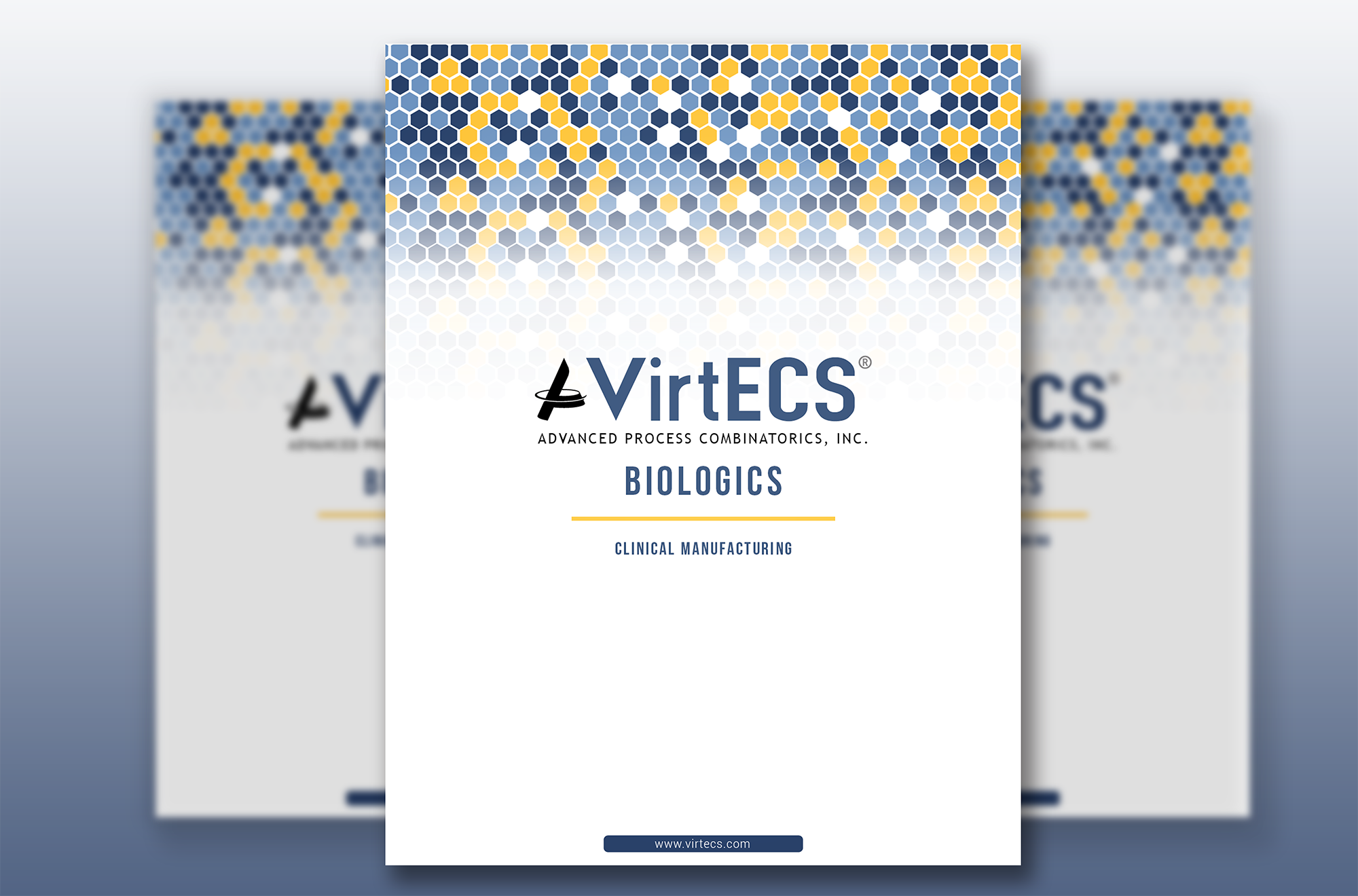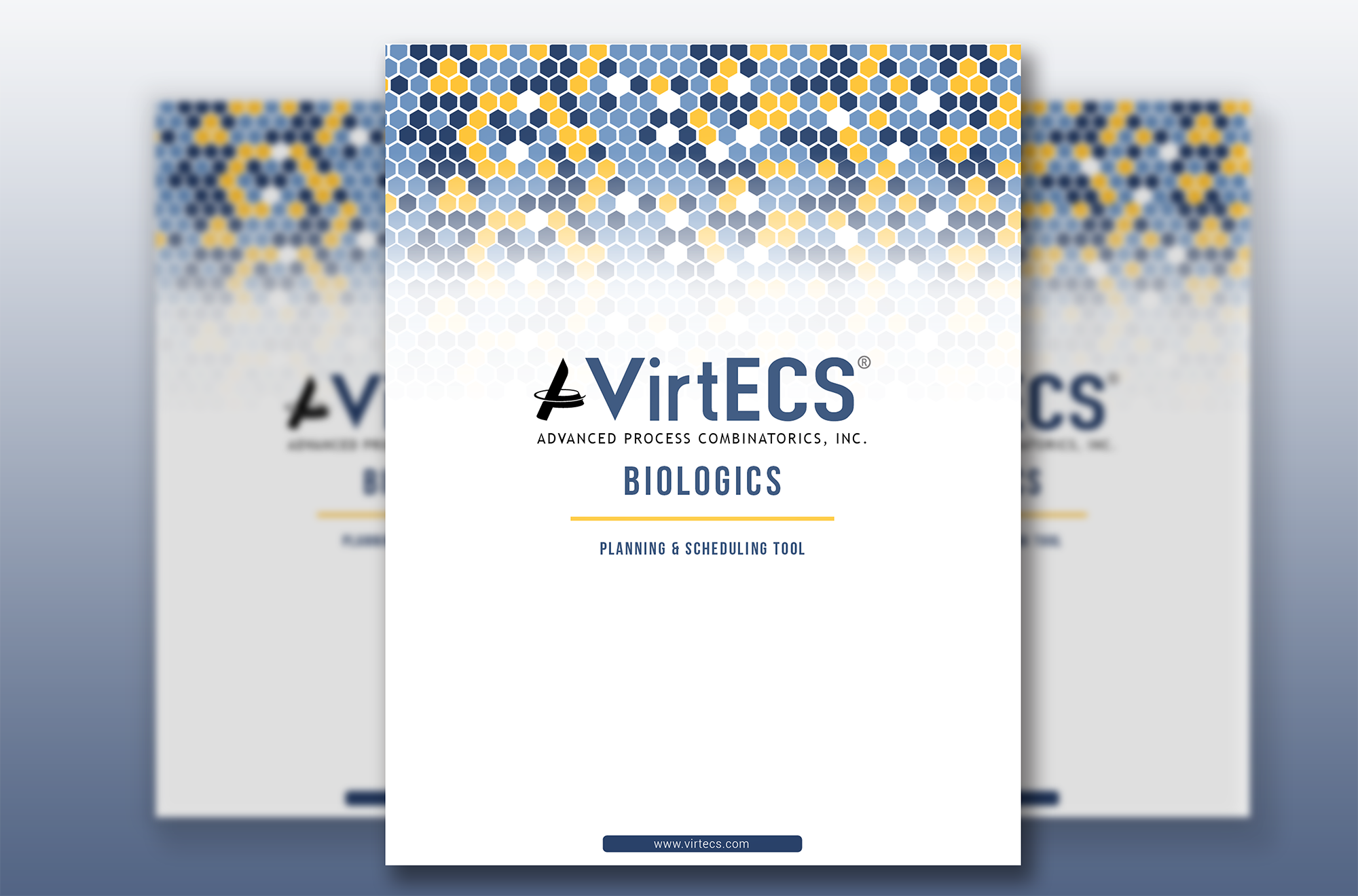The past several years have brought frequent and abrupt changes in consumer demand. The COVID-19 pandemic brought sudden surges in spending on household necessities and cleaning products, while the subsequent recovery has resulted in pent-up demand for leisure products and services, among other industries.
In these scenarios, when consumer demand for product suddenly increases, their manufacturing plants may have the opportunity to book new, profitable projects. However, all too often, sites can’t determine if they have the necessary capacity available to take on the increase in production. As a result, the plant can’t commit to the project and ultimately misses out on added revenue.
This is a common scenario for many companies today. According to the G.17 Industrial Production and Capacity Utilization report, the US manufacturing industry is averaging just 79.67% capacity utilization in 2023, down more than one percent over last year. The unused capacity represents millions or even billions of dollars in untapped sales for the industry.
Of course, addressing capacity utilization is an incredibly complex issue. Without a tailored and intelligent solution, identifying sites’ true capacity and optimizing utilization is nearly impossible. On the other hand, plants that invest in a digital twin and planning & scheduling tool can quickly identify opportunities to optimize their processes and fit in added capacity without disrupting current demands.
How VirtECS Plant Models Optimize Utilization
Virtual plant models, such as VirtECS, are designed to simulate each site’s unique design and processes to address bottlenecks that limit their capacity. In the process of analyzing the plant layout, VirtECS can determine the exact amount of excess capacity available. When plants are met with surge opportunities, this knowledge is invaluable, and can be the difference between accepting a new project or turning down a potential new source of revenue.
VirtECS can also take capacity utilization a step further with its extensive scenario analysis capabilities. Using its virtual model, VirtECS can rapidly explore the most attractive production scenarios and select the best possible option, even accounting for which product demands are given higher priority. With this analysis, sites can quickly evaluate which production plan results in the fewest bottlenecks and highest total output. Sites can then add in the potential new project and re-run the analysis to determine if the time, effort, and resources it would need to complete production is worthwhile.
Addressing Future Opportunities with Sales & Operations Planning
To prepare in advance for future changes in consumer demand, we’ve seen several clients have success using VirtECS as a sales & operations (S&OP) planning tool. By adding in finite capacity planning on top of the detailed plant model, VirtECS can update its analysis based on market forecasts, as well as your site’s own historical data. Clients that utilized this feature have been able to use their available capacity to make smarter production decisions and maximize output in anticipation of increased market demands.
Once the production schedule is set, sites can also use VirtECS to address the subsequent adjustments the plant will need to make to account for any added capacity. For example, sites can connect VirtECS to their inventory system to improve supply planning, giving the plant insight on the optimal amount of raw material it should keep on hand to meet the coming production needs. In addition, VirtECS can analyze the site’s labor allotment within its virtual model to address whether more employees will need to be added to the shift, or if the distribution of labor can be optimized to cover the additional projects. To learn more about how to use VirtECS for S&OP, check out our recent articles on demand planning and supply planning.









